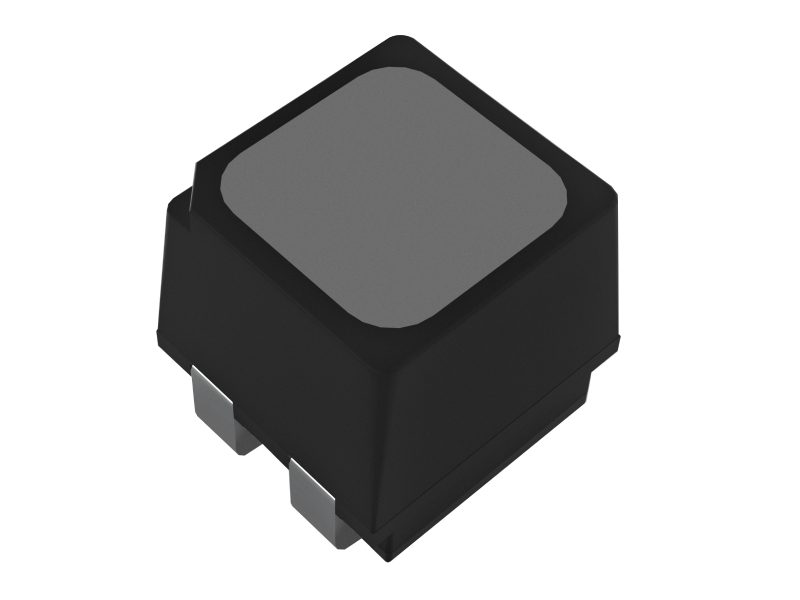The visibility of an outdoor LED display refers to how clearly and effectively the content on the display can be seen by viewers in various lighting conditions and from different viewing angles.

The visibility of an outdoor LED display can be affected by various factors, including the technical parameters, the content it displays, the location and orientation that you place it.
First, let’s check some technical measurements that would increase the visibility of an outdoor LED display.
Brightness:
Outdoor LED displays are designed to provide high brightness levels to overcome the challenges of direct sunlight and bright outdoor environments. Higher brightness ensures that the content remains visible and legible even in bright ambient light. Look for displays with high nits (cd/m²) ratings to ensure optimal visibility.
Contrast Ratio:
The contrast ratio of an LED display determines the distinction between the brightest and darkest parts of the content. A higher contrast ratio enhances visibility by improving the differentiation between light and dark elements, resulting in sharper and more defined images.
Viewing Angle:
Outdoor LED displays are often viewed from various angles. Displays with wide viewing angles maintain visibility and legibility even when viewed from off-center positions. It’s important to choose displays that offer wide horizontal and vertical viewing angles to ensure that the content is visible to a larger audience.
Anti-Glare Solutions:
Glare from direct sunlight can reduce the visibility of an outdoor LED display. Anti-glare solutions, such as polarizing filters or anti-reflective coatings, can be applied to the display surface to minimize reflections and enhance visibility, especially in bright outdoor conditions.
Pixel Pitch:
Pixel pitch refers to the distance between individual pixels on the LED display. Smaller pixel pitches result in higher pixel density, leading to sharper and more detailed images. Displays with smaller pixel pitches are suitable for applications where viewers are in close proximity to the display, improving visibility.
Automatic Brightness Adjustment:
Some outdoor LED displays feature automatic brightness adjustment based on ambient lighting conditions. This ensures that the display adapts to changes in lighting and maintains optimal visibility without manual adjustments.
Content Design:
Consider optimizing the content design for outdoor LED displays to maximize visibility. Use contrasting colors, bold fonts, and clear graphics to make the content stand out and enhance legibility, even from a distance.
Maintenance and Cleaning:
Regularly cleaning the display surface from dirt, dust, and debris helps maintain optimal visibility. Ensure that there are no obstructions such as tree branches or signage that can block the view of the display.
It’s important to consult the specifications provided by the LED display manufacturer to understand the visibility features and capabilities of a specific display model. Conducting a thorough evaluation of the display’s visibility performance in real-world conditions and considering the specific requirements of your outdoor environment can help you choose an LED display with excellent visibility.

Kinglight provides various LEDs for outdoor LED displays.
Where and how you place an outdoor LED display also play important parts for the visibility of content displayed.